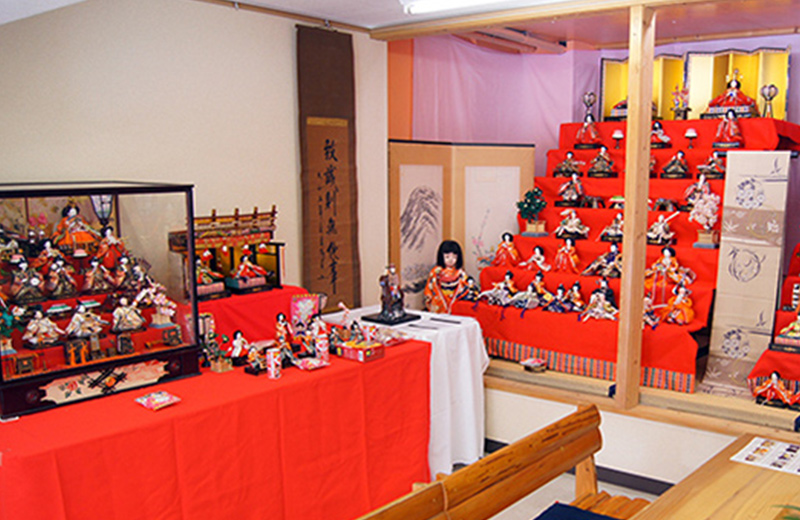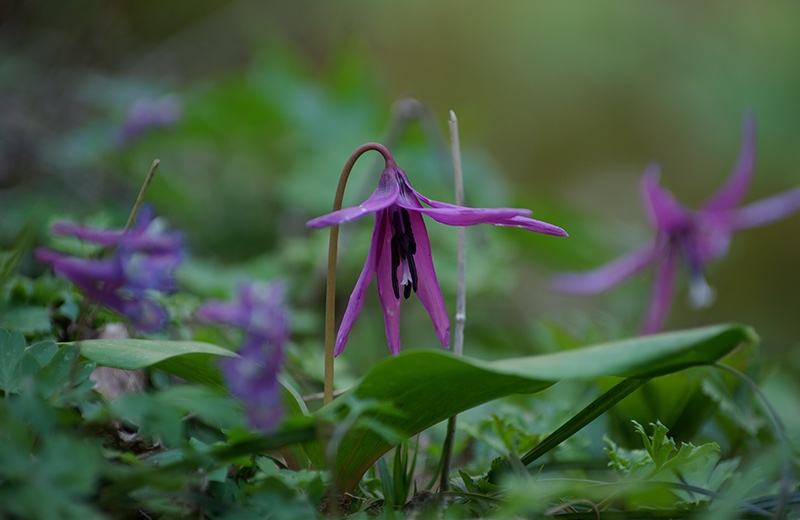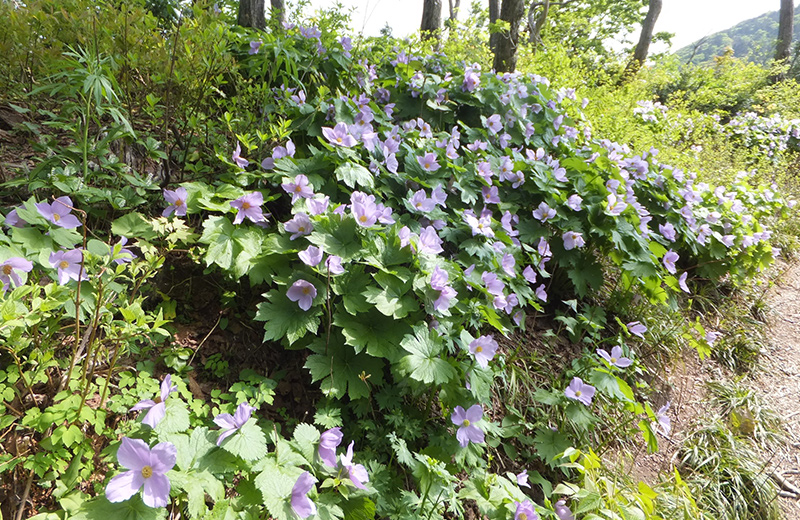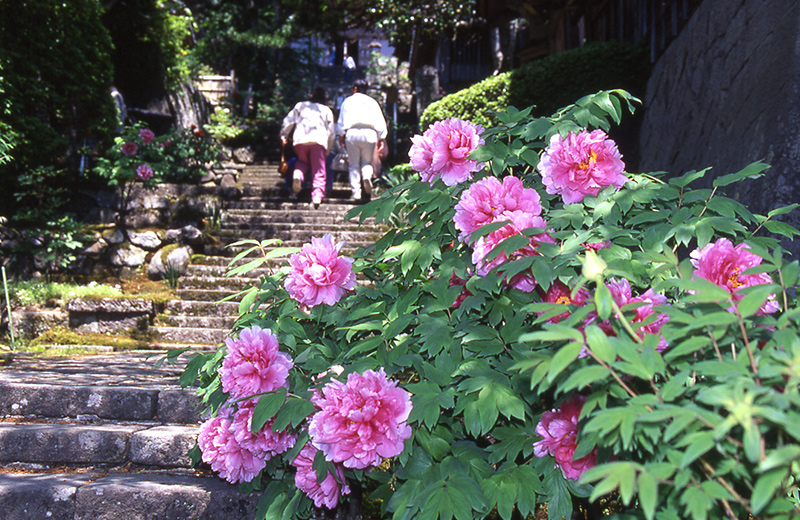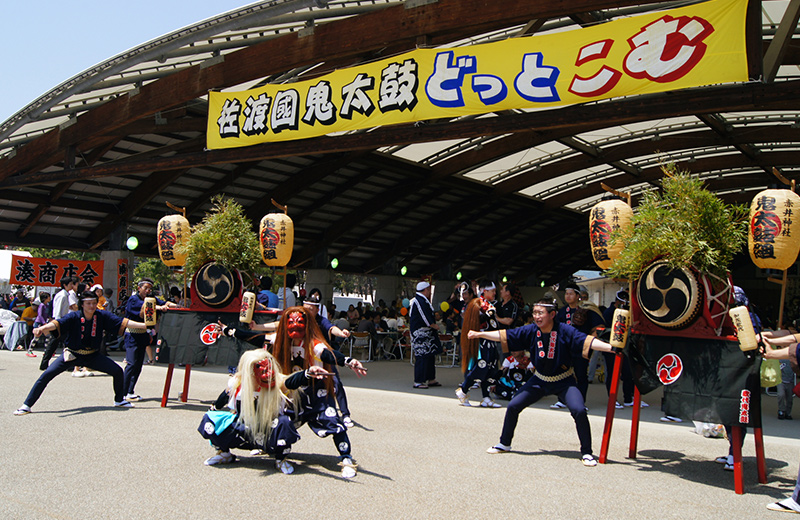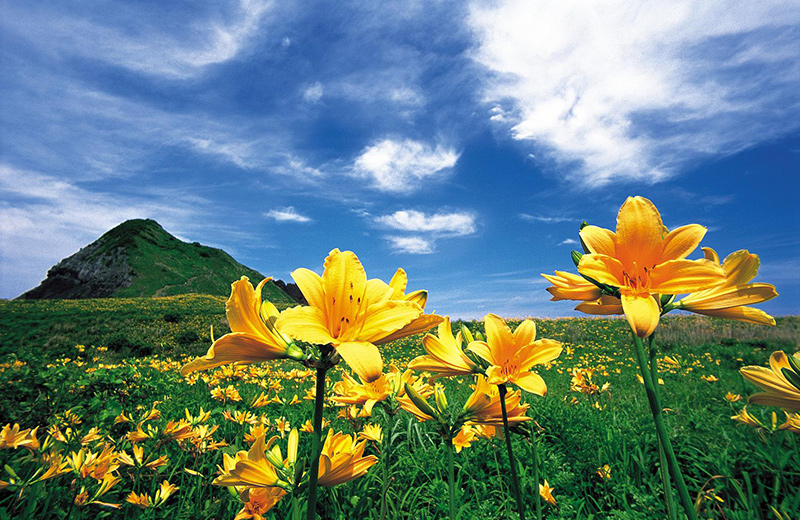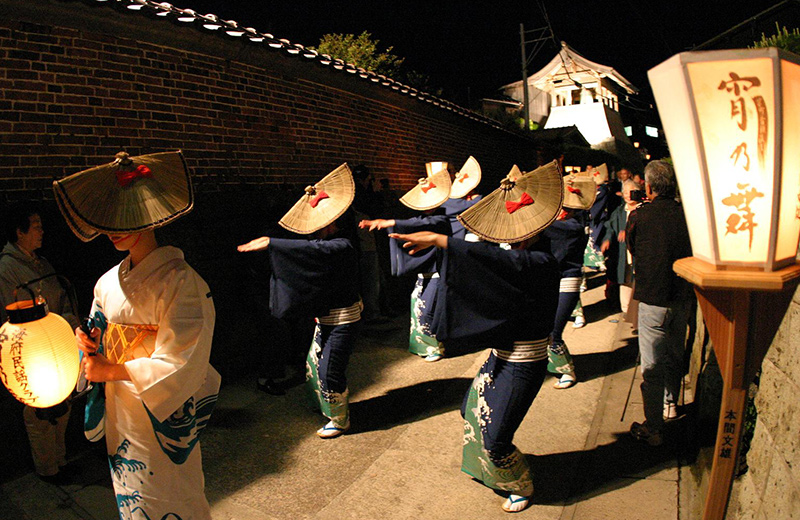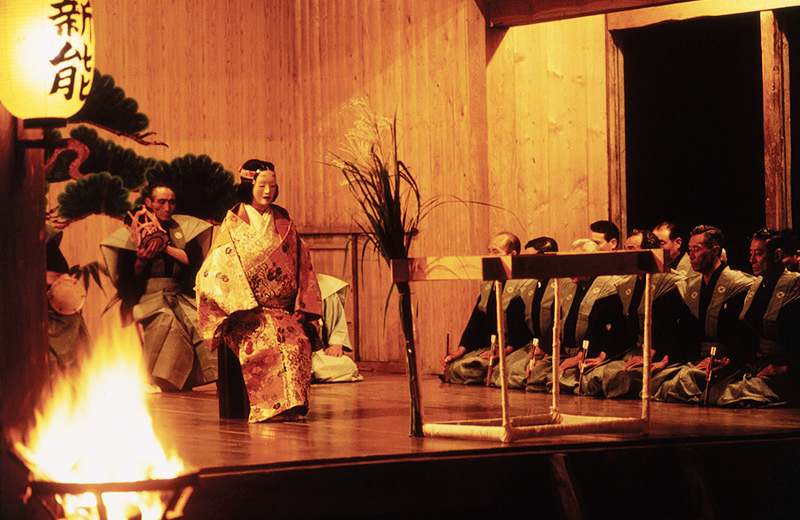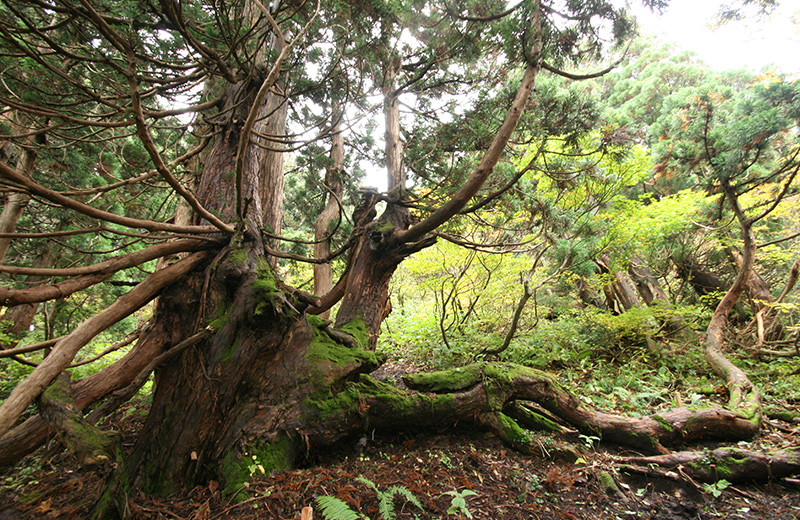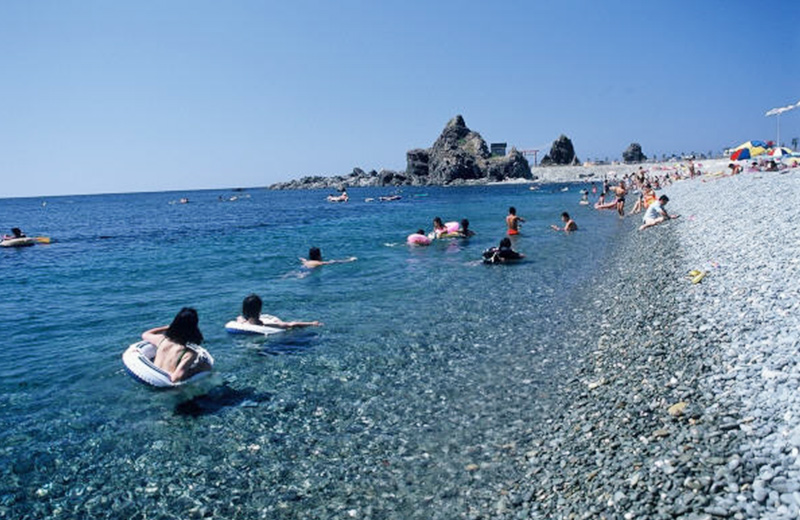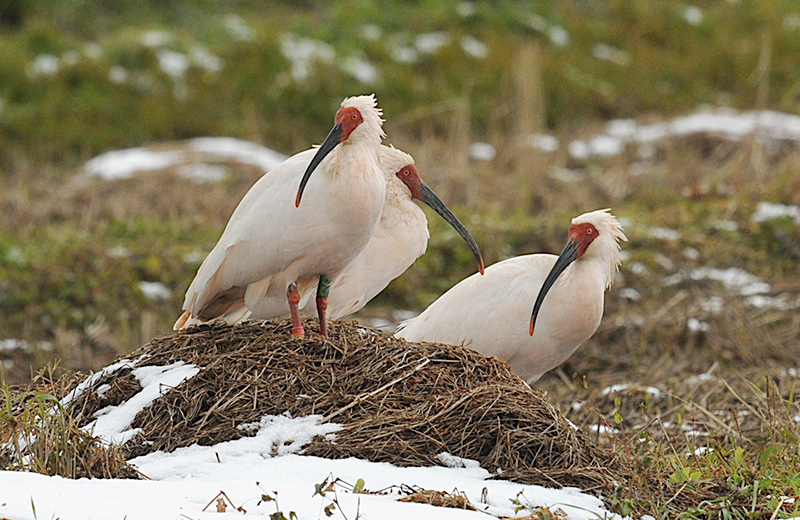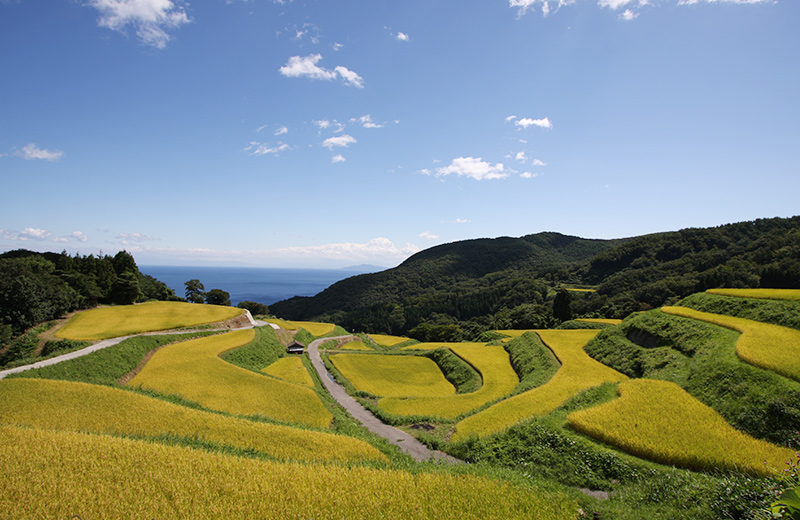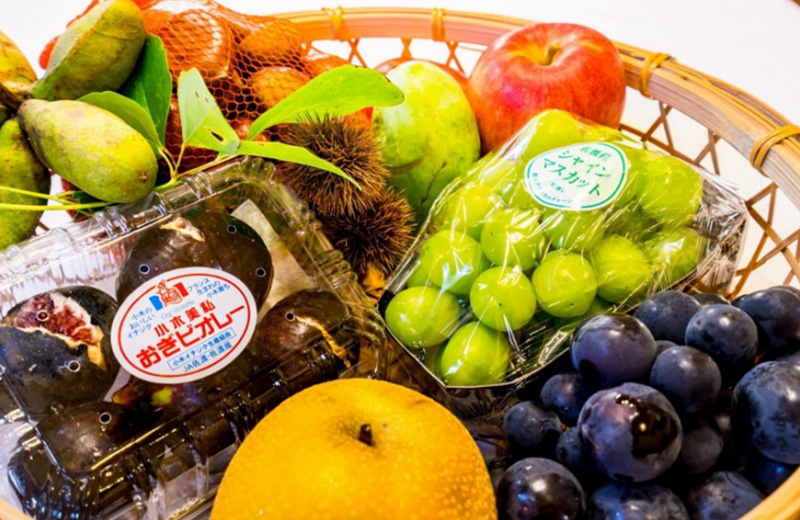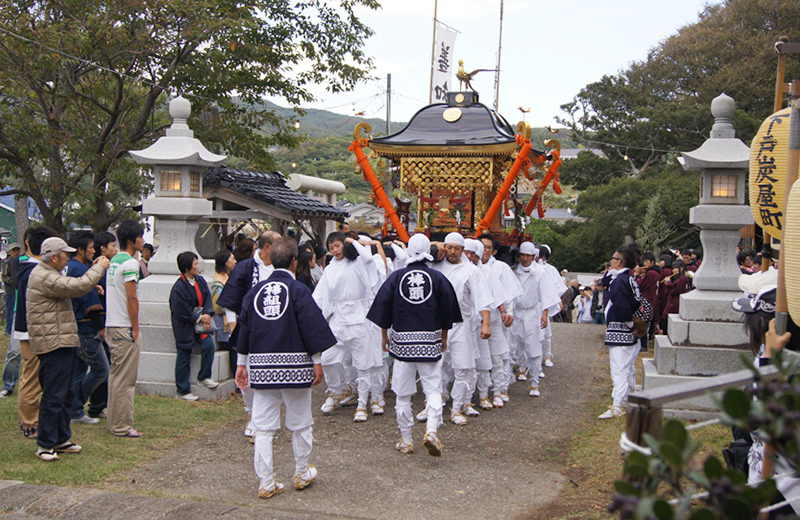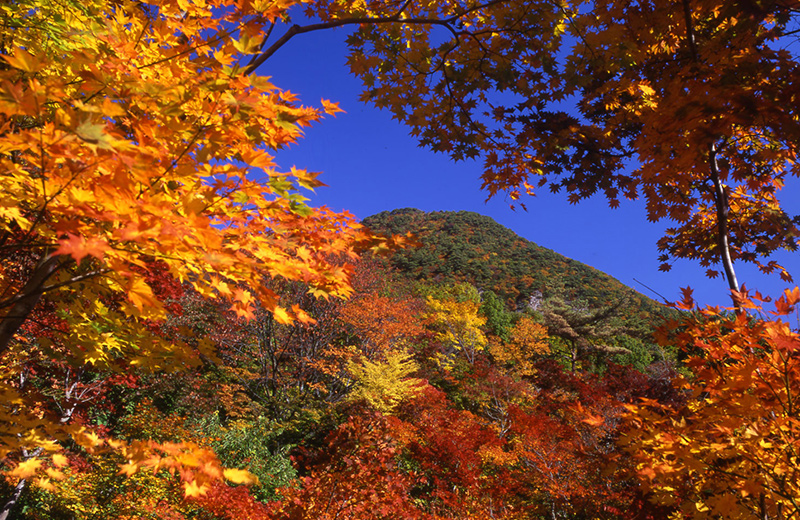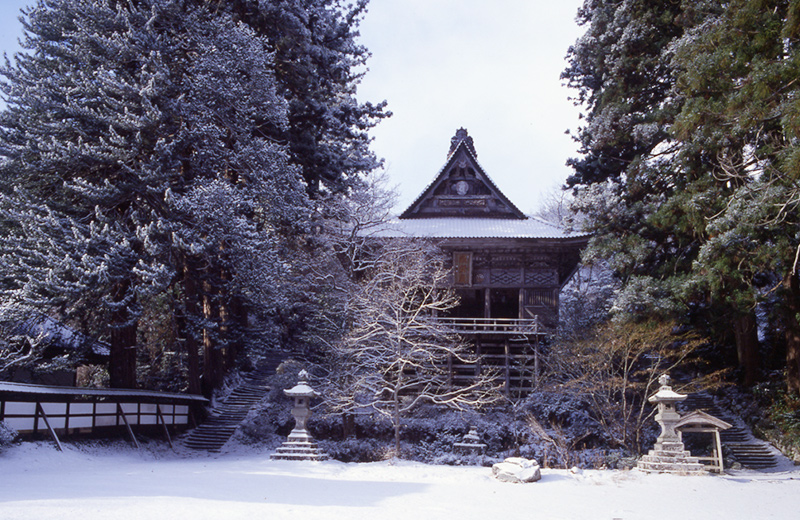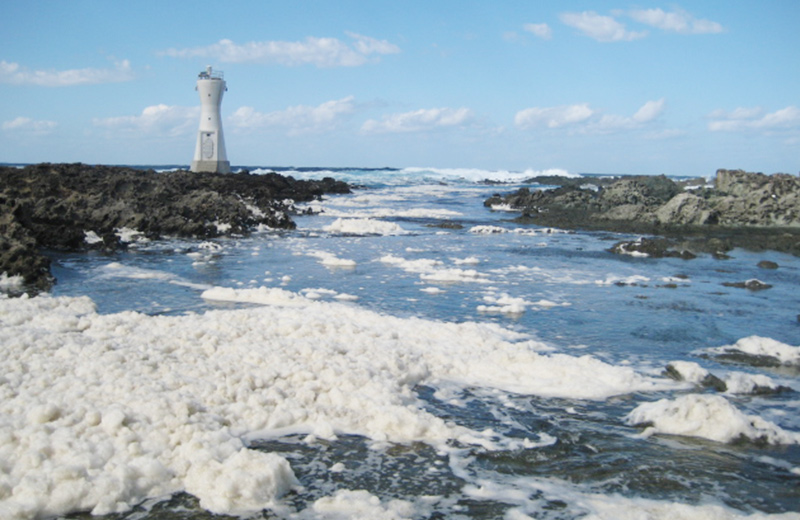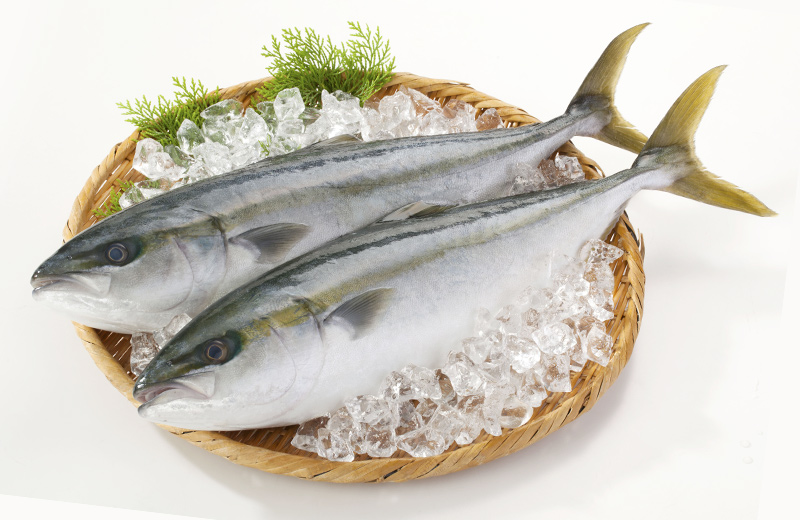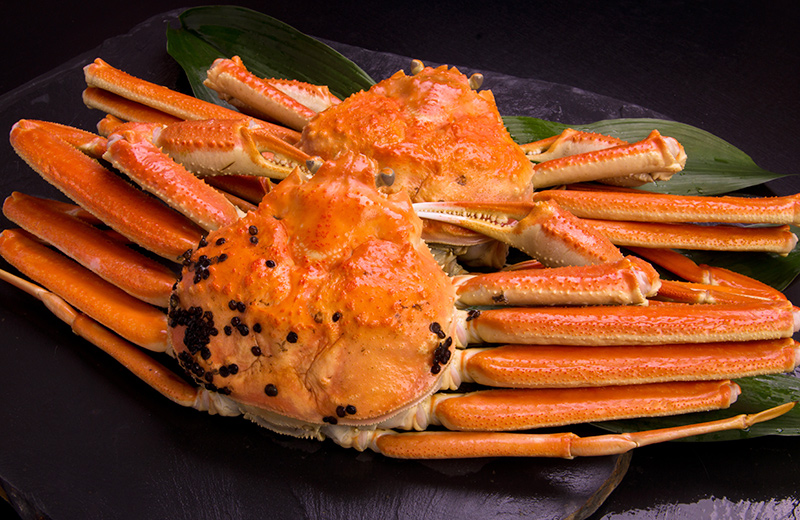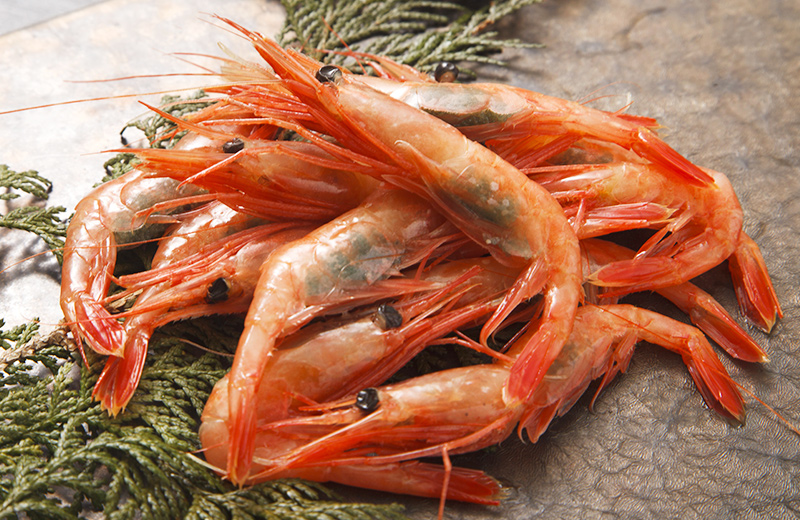- About Sado
- Pick of the Season
About Sado
- Outline
- History
- Nature
- Traditional Culture
- Food & Specialtiess
- Pick of the Season
Pick of the Season
Spring (March - May)
Hina Matsuri (Doll Festival) heralds spring in Sado. Hina Matsuri is an annual festival held on the third of March. Families display hina dolls at home to pray for the happiness and health of their daughters. You can see displays of hina dolls steeped in the history of Sado, varying from simple clay dolls to ornate dolls passed down through generations since the Edo Period (the 17 - 19 centuries).
Flowers come into full bloom all over Sado during the long-awaited spring. Sado Kinzan Gold Mine and Mano Park, known as prime cherry viewing spots, are lit up in the high season. Goshozakura cherry trees planted by Emperor Juntoku, and Senryuzakura (literally: a thousand dragons cherry tree) in Mt Myoken, where Osado Skyline passes through, are examples of living history and embody nature in Sado. When mountain climbing season starts in late April, the Japanese wood poppy [Glaucidium palmatum] (Shiraneaoi) and dogtooth violets (Katakuri) growing in clusters, await visitors on the Osado Mountain Range. April is festival season in Sado. Ritual events to pray for a rich harvest and the well-being of family such as Ondeko (Deity mask dance), Yabusame (horseback archery), and mikoshi (portable shrine) processions take place in every corner of Sado. In May, local traditional arts are performed at events such as Chokokuji Temple's Peony Festival and Ondeko Dot-Com. There is also a cycling event where you can commune with nature.
Summer (June - August)
Early summer in Sado features the tobishima kanzo (amur daylily). A meadow filled with these flowers, sweeping across the Onogame outcrop, is said to be the largest cluster of its kind in Japan, and is one of the best views in Sado. These lilies come into full bloom in early June, when Sado Kanzo Matsuri (festival) is held.
June is the month of bonfire Noh performances. A popular performing art since the olden days, you can see Noh performances anywhere in Sado, every week in June. Lured by bonfires, you can immerse yourself in the world of "yugen" (subtlety and profoundness).
Summer is an action-packed season with a wide array of events. "Yoi-no-mai" Dance Parade is a dancing procession performed on Kyomachi Street, in the dim light of lanterns, to the music of Aikawa Ondo folk music. "Sado Ogi Taraibune and Sazae Matsuri (tub boat & turban shellfish festival)" is another popular summer event. Sado's three major festivals also take place in summer: "Kozan Matsuri" (the mine festival), "Ryotsu Tanabata Matsuri and Kawabiraki" (the Star Festival and a celebration of the season to enjoy cool breezes by the riverside), and "Ogi Minato Matsuri." There is also a big, international event called "Earth Celebration."
Summer is also a season of outdoor pursuits. Marine sports such as diving and sea kayaking in the crystal clear waters are popular activities. Campers and hikers, too, throng to Sado to visit natural cedar trees tucked away in forests full of wonders.
Autumn (September - November)
Autumn is the season of the harvest. Sado rice, grown in harmony with the quintessentially Sado toki-friendly environment, is renowned as one of Niigata's top, brand-name rice provenances, both outside and inside Niigata Prefecture. The view of rice paddy fields glowing in gold before the harvest are well worth a visit.
Autumn festivals to celebrate the year's harvest abound. Shinto rituals are held at Aikawa Matsuri and the Annual Festival at Kuji Hachimangu Shrine. In addition, local traditional folk arts are shown at events such as "Sado, Treasure Island of Okesa (folk dance and song) and Performing Arts," and "Ondeko in Niibo & Toki Sunset Market."
Sado's Ironman/Ironwoman Triathlon sets its stage on Sado, utilizing the entire island. This is a major international competition, gathering participants from both Japan and beyond. The courses are said to be one of the most challenging in Japan, but the rich variety of landscapes lures in participants. Thanks to the support and cheers of the local population, the number of participants is increasing every year.
Leaves turn bright red and yellow. Osado Skyline and Momijiyama Park are two of the best spots to see autumn leaves in Sado.
Sado is a "Fruit Kingdom," producing both apples and satsuma oranges. In particular, Sado's versatile specialty, "Okesa persimmons," can be enjoyed in many ways, such as tannin-removed sawashi-gaki, dried hoshigaki, partially dried anpogaki, and sorbet.
Winter (December - February)
Winter brings the most excellent seafood delights in Sado. Kanburi (winter yellowtail), a representative taste of the season, is landed earliest. Seasonal ingredients such as oysters farmed in Lake Kamo and Mano Bay, and snow crab landed in Akadomari go perfectly with locally produced Japanese sake, which is brewed using pristine water and Sado-grown rice.
Enjoy a variety of events in winter, too. Sado puts on winter events varying from food festivals such as "Kaifu Kanburi Tairyo Matsuri" (the Good Catch of Winter Yellowtail Festival) and "Massaki Shoku no Jin," which offers opportunities to sample seasonal flavours. There is also an event where participants shout their wishes against the violent waves of the winter sea.
"Nami-no-Hana" (flowers of the waves) flutter in the winter sky. Nami-no-Hana are a feature of winter. Rough waves in Mano Bay, and on the coast of Sotokaifu, turn into white foam, and the fluttering "flowers" resemble fluffy petals in the air.
Snow-capped temples and shrines provide a scene of simple and serene beauty. Niigata Prefecture has a lot of snow, but on Sado, there is less snow and the temperature is comparatively higher than mainland Niigata, so it is rare that the flatland is completely covered with snow. The view of snow-capped shrines and temples in the winter chill, by contrast, is stunning.
- Outline
- History
- Nature
- Traditional Culture
- Food & Specialties
- Seasonal Highlights
